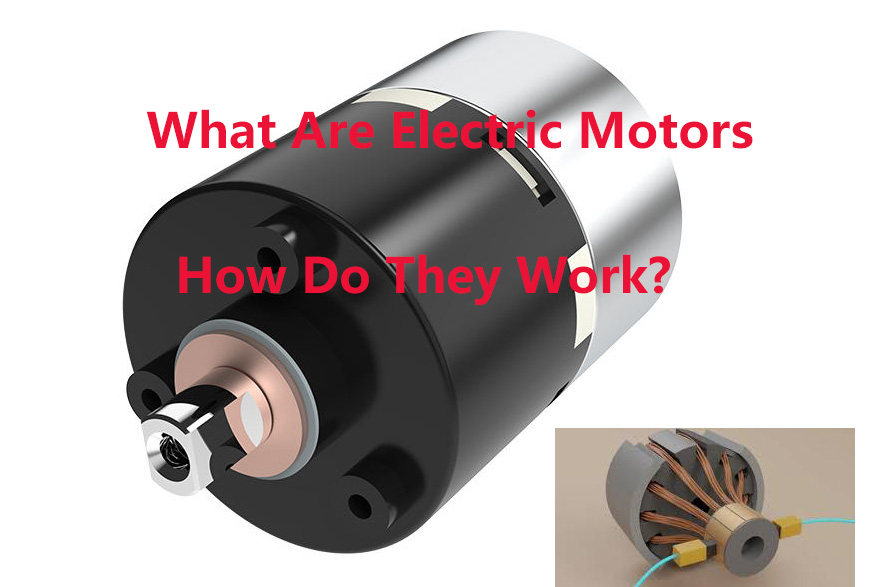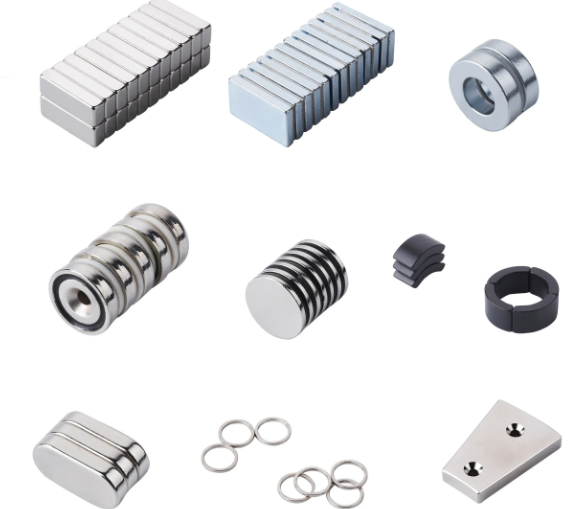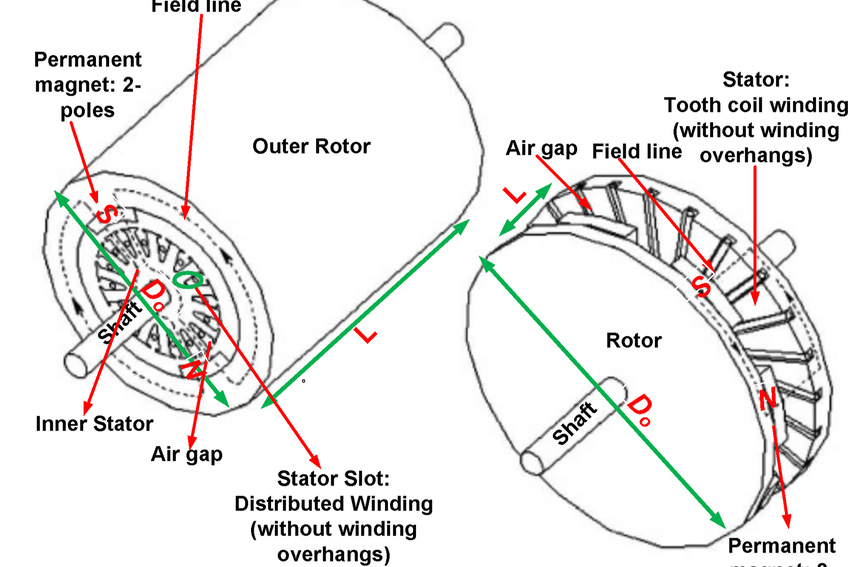What Are Electric Motors and How Do They Work?
Electric motors are the quiet powerhouses behind much of modern technology. From fans and washing machines to electric cars and industrial robots, motors convert electrical energy into mechanical motion. At their core, they operate on a beautifully simple principle: electromagnetism.
When an electric current flows through a wire, it generates a magnetic field. If that wire is arranged in coils and placed within another magnetic field, it feels a force—this is the Lorentz force—and this force can be used to create motion. Over time, engineers have developed many types of motors to take advantage of this principle in different ways.

Types of Electric Motors: AC, DC, Servo, and Stepper
Electric motors come in several varieties, each suited to different needs depending on power source, precision, and control.
AC Motors (Alternating Current)
These motors run on AC power, commonly found in homes and industry. Inside, the stator generates a rotating magnetic field, which induces current in the rotor and makes it spin. AC motors are known for being tough, reliable, and low-maintenance—ideal for driving pumps, compressors, HVAC systems, and conveyors where steady speed is key.
DC Motors (Direct Current)
DC motors are powered by direct current and use brushes and a commutator to deliver current directly to the rotor. This allows for excellent speed control and good torque at low speeds, which makes them perfect for electric vehicles, power tools, drones, and robotics.
Servo Motors
These motors combine a standard motor with a sensor to provide feedback on position, speed, and angle. Controlled with a dedicated drive, servo motors are prized for their precision. You’ll find them wherever tight control is needed—like in CNC machines, robotic arms, camera gimbals, and automatic doors.
Stepper Motors
Unlike other motors that spin continuously, stepper motors move in distinct steps. Each input pulse rotates the shaft by a fixed angle, making them perfect for open-loop control systems that don’t require feedback. They’re used in 3D printers, medical instruments, scanners, and any system that needs precise, repeatable movement.
How Electric Motors Actually Spin
To understand motor motion, picture this: current flows into coils in the rotor, creating an electromagnetic field. This field interacts with the magnetic field from the stator, causing the rotor to turn. In brushed motors, a commutator flips the current direction to keep rotation going. In brushless motors, electronic controllers take over that job. Regardless of the method, the motor’s job is the same—keep spinning by continually pushing and pulling magnetic fields against one another.
Types and Uses of Motor Coils
Motor coils are the heart of motion. They’re the conductors that generate magnetic fields and respond to them. Depending on the motor’s design, you’ll find different types of coils inside.
- Stator coils are fixed in place and create the magnetic field in most AC and brushless motors. They're carefully wound around slots in the motor housing.
- Rotor coils, used in certain motor types like slip-ring induction motors, rotate with the shaft and help manage torque and speed.
- Field coils are responsible for generating the main magnetic field, especially in DC and large synchronous motors. They might sit on the stator or rotor depending on the design.
- Armature coils carry the load current and are where voltage is induced in motors and generators. In brushed DC motors, the armature is usually on the rotor.
- Voice coils are a bit different—they don’t rotate, but instead move back and forth in a straight line. They’re used for fine motion in devices like speakers, hard drives, and medical positioning systems.
Magnetic Materials in Motor Design
Magnets are at the core of motor performance, quite literally. Their properties determine how efficient, powerful, and compact a motor can be.
Soft magnetic materials—like silicon steel laminations—are used in the stator and rotor cores because they can easily magnetize and demagnetize with minimal energy loss. Some advanced designs use amorphous steel to reduce heat buildup or powdered iron for specialty applications. Ferrites, though weaker, work well in high-frequency or low-cost systems.
Permanent magnets in modern motors—especially in the rotor—have come a long way. Neodymium magnets (NdFeB) are incredibly strong and compact, which is why they're common in electric vehicles and compact tools. Samarium-cobalt offers better temperature and corrosion resistance, making it suitable for aerospace or marine applications. Alnico and ceramic (ferrite) magnets are older technologies but still used where cost or thermal stability is more important than raw strength.
In Summary
Electric motors turn the invisible power of electricity into motion we can use—thanks to the interplay of magnetic fields and current. Whether you’re controlling a robot with precise servo motors or driving a conveyor belt with a rugged AC motor, you're relying on over a century of refined electromagnetic engineering. The design choices—from coils to magnets—shape how these motors behave, where they’re used, and how much energy they save. And as new materials and control methods evolve, electric motors just keep getting smarter, smaller, and more efficient. For more information, please check Stanford Magnets.















